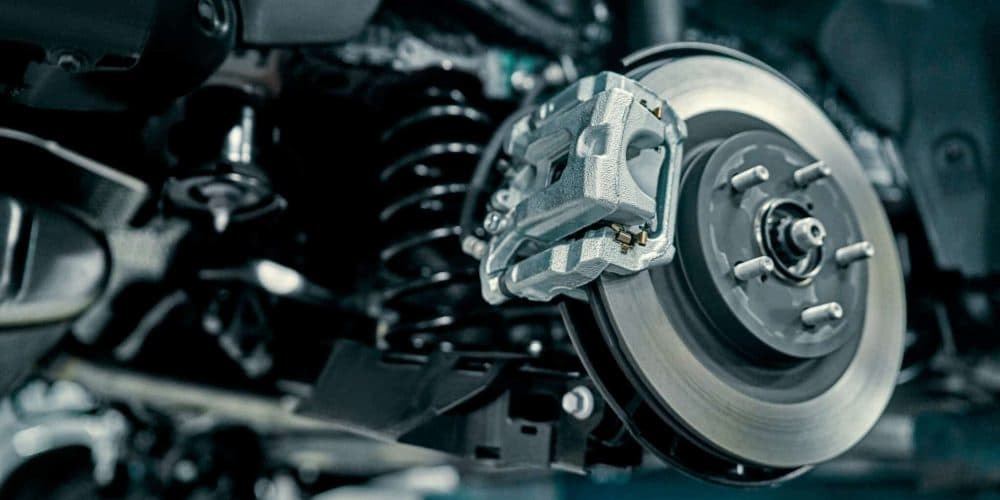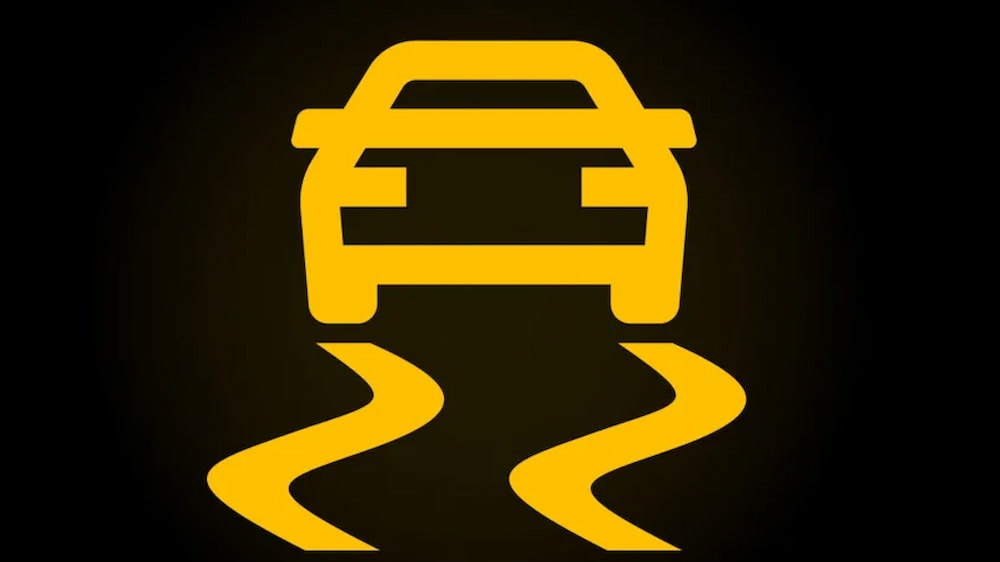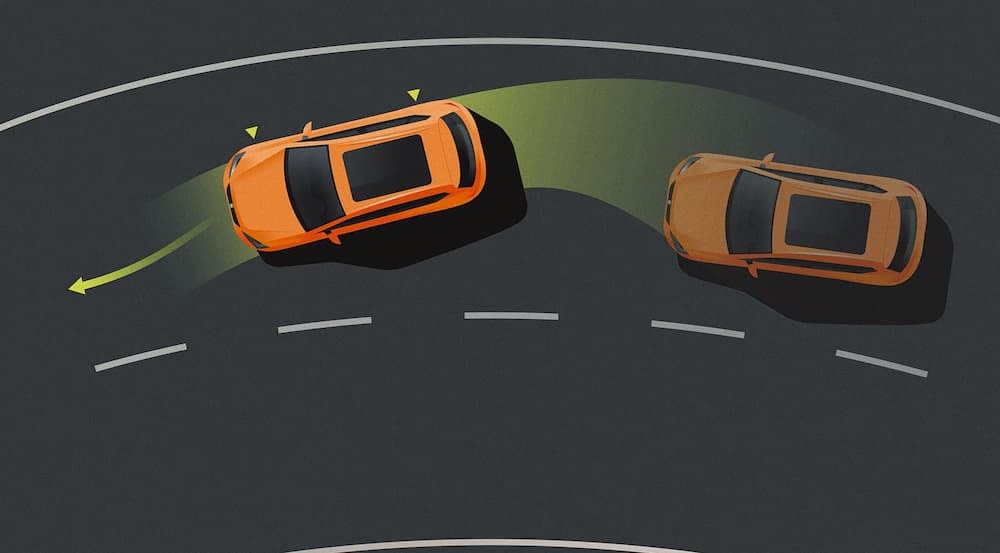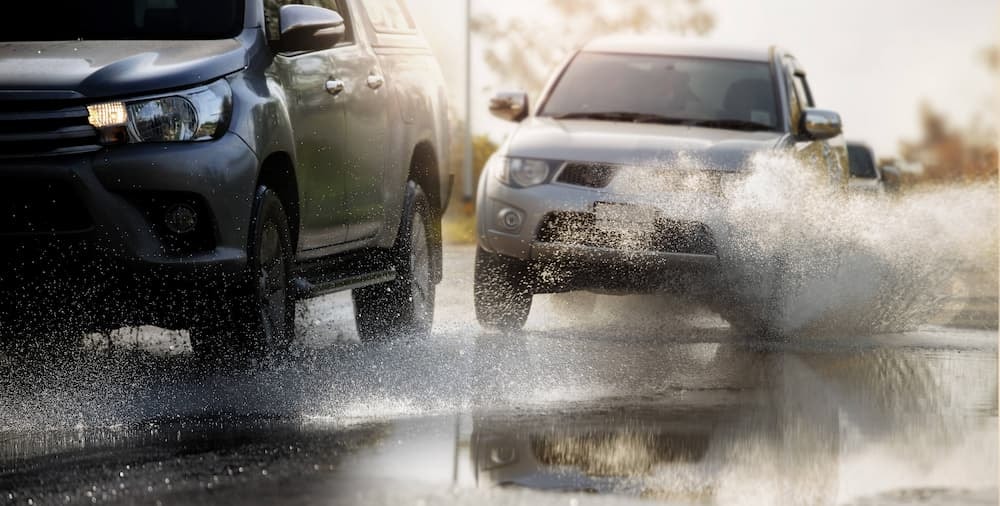Driving safety is one of the key aspects that both manufacturers and drivers pay attention to. Modern cars are equipped with dozens of systems that are designed to protect the life and health of passengers, as well as prevent collisions and accidents. In this article, we will look at the most important safety systems in cars, which are almost mandatory equipment in new cars today.
Braking systems: ABS, EBD and Brake Assist against wheel locking
One of the basic elements affecting driving safety is Brake system. Its effectiveness depends not only on the quality of the pads and discs, but also on advanced braking support technologies.
ABS system (anti lock braking system) prevents blocking the wheels during braking, which allows the driver to maintain control of the vehicle in emergency situations. ABS is complemented by EBD (electronic brakeforce distribution), i.e. electronic distribution of braking force between the axles - this system increases braking efficiency, especially when the vehicle is unevenly loaded.
Brake Assist System (brake assist system) recognizes sudden braking situations and automatically increases braking power, even if the driver does not press the brake pedal with sufficient force. Thanks to this, the braking distance can be significantly shortened.

ESP system and traction control – directional stability
ESP system (electronic stability program), also known as the stability control system, is responsible for preventing wheel slippage and loss of control over the vehicle. In a situation where the car starts to spin around its own axis or deviates from the chosen direction of travel, ESP intervenes in the operation of the engine and braking systems, stabilizing the driving path.
Traction Control System TCS (traction control system) works on the basis of data from wheel speed sensors and prevents excessive slippage during starting or accelerating. The cooperation of these systems has a huge impact on increasing driving safety, especially on slippery surfaces.

Driving assistants: cruise control, sensors and cameras
New cars are increasingly being fitted with advanced driver assistance systems. Active cruise control (adaptive cruise control) or its more advanced version, intelligent cruise control, adjust the driving speed to the vehicle in front of us, maintaining a safe distance. This solution increases driving comfort and reduces driver fatigue.
Blind spot information system the system warns of vehicles in the blind spot, usually with a light signal in the side mirrors or dashboard. In turn, the driver fatigue monitoring system analyzes driving style and responds when it detects signs of drowsiness.
Another convenience is reversing cameras and cross traffic warning systems during maneuvering. Thanks to them, maneuvers become more precise and safe.
Traffic Sign Recognition and Warning Systems
Traffic sign recognition system uses a camera mounted at the front of the vehicle to read signs. This information is then displayed on the dashboard, making it easier to follow road rules.
Lane departure warning systems, known as lane assist systems, help maintain the right trackIf the vehicle starts to drift out of the lane without using the turn signal, the system warns the driver, and some models even slightly correct the driving path.

Adaptive lighting and visibility systems
Adaptive forward lighting, or adaptive front lights, is a system that adjusts the angle and range of lighting to the driving speed, steering angle and road conditions. This increases visibility and reduces the risk of blinding other drivers.
Cornering lighting is another feature that affects safety at night. It turns on an additional light source when turning, which allows you to see obstacles on the bend better and react to them faster.
Anti-skid and start-off assist systems
Systems anti-slip, such as ASR (acceleration slip regulation), prevent wheel slippage during acceleration. They work together with ESP system and traction control, ensuring stability even in difficult weather conditions.
Many cars are also equipped with Hill start assist systems, which prevent the vehicle from rolling backwards by stopping it for a few seconds when the brake pedal is released.

Mechanical systems supporting safety
We can't forget about traditional, but equally important elements such as suspension system, cooling system or exhaust system. Their proper operation affects driving comfort, but also the ability of a vehicle to stay on the road and safe operation.
The engine timing system and the valve train as a whole are responsible for the precise operation of the drive unit. Failure of one of these components can affect the engine's power and response in emergency situations.
What are the disadvantages of security systems?
Although modern security systems significantly increase the level of passenger protection, they are not without their flaws. First of all, over-reliance on electronics can lead to impairment of driver alertness and skills. Some drivers treat driving assistants as a substitute for their own attention, which can be disastrous in critical situations.

Some systems, such as road sign recognition, can be unreliable – they can misread signs or do not take into account the situational context. Similarly, automatic braking systems they don't always react with appropriate sensitivity, which may lead to unnecessary interventions or, conversely, their absence.
The cost of repairing or calibrating these systems after a collision or windshield replacement can be very high. For many drivers, this is a significant argument against excessive electronics in cars.
ZENBOX PRO – control over the security systems in your car
For drivers who want to have more control over the vehicle and independently decide on the operation of selected security systems, a device was created ZENBOX PRO. This innovative solution allows temporarily disabling selected functions, such as the system traffic sign recognition, speed assistant, start-stop system.

ZENBOX PRO allows adapt the car's operation to the driver's real needs – e.g. when driving on a track or in conditions where some systems may hinder rather than help. The device does not permanently interfere with the vehicle's electronics, so you can easily turn them on or off at any time.
Thanks ZENBOX PRO the driver gains more independence and the possibility full personalization car operation, which translates into better adaptation of the car to the driving style and road conditions. This is a modern answer to the growing needs of conscious userswho do not want to give up driving comfort, but they value complete control.
See also:
- Active vs. Passive Safety – What You Need to Know
- Start stop system - operation
- Mandatory passenger car equipment in 2025
- Character recognition system – how does it work?
- ISA System - How the Intelligent Speed Assistant Works
- ADAS system – what is it and how does it work
- Lane Assistant – How It Works
- Driver Fatigue Detection System – Does It Really Work?
